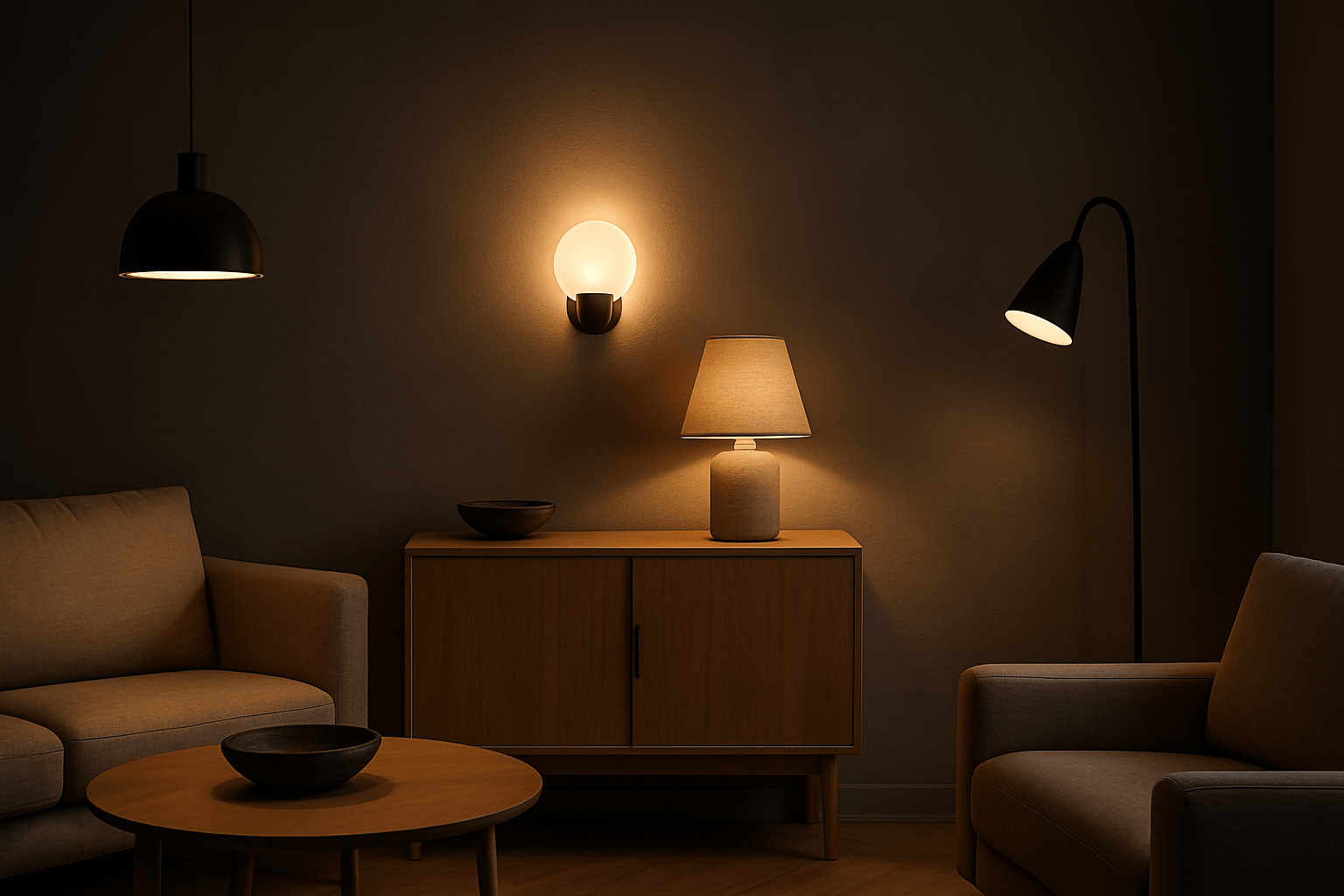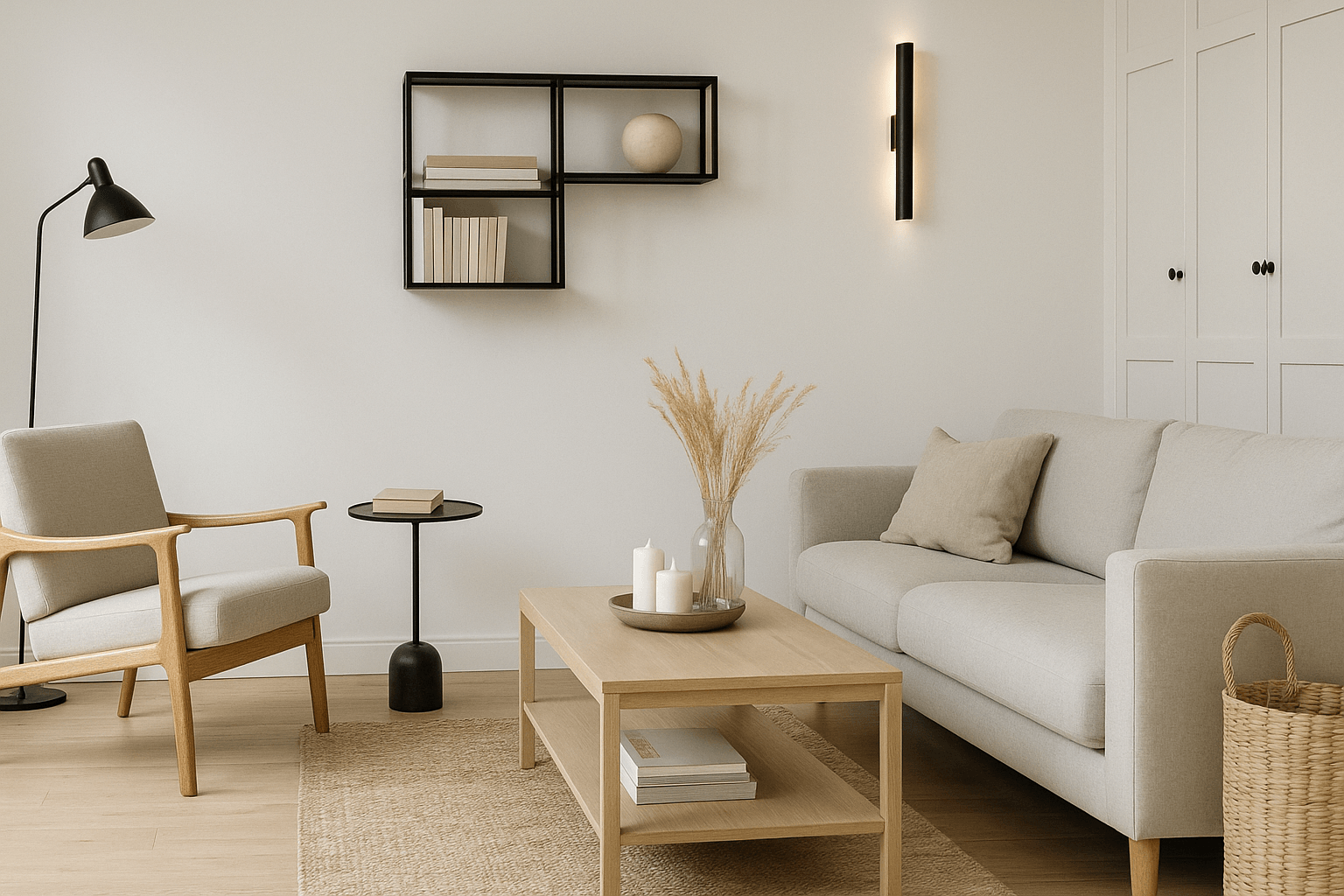The Rise of the Quiet Home
In a world filled with noise—digital, visual, emotional—the idea of a quiet, uncluttered home has never felt more vital. Minimalism isn’t just a trend; it’s a response. A way to reclaim space, focus, and intention.
Aesthetic Stillness = Emotional Stillness
Minimalist interiors allow the eye to rest. They minimize distractions, reduce decision fatigue, and help you feel anchored in your space. Studies have even linked decluttered spaces with lower cortisol levels and improved mental clarity.
The Role of Light and Space
In minimalist homes, light becomes a design element. Natural light is prioritized, and artificial lighting is used with care—soft-glow table lamps, warm temperature LED strips, and sculptural pendant lights. It’s about layering illumination, not flooding a space.
Thoughtful Materials Create Meaningful Atmosphere
Neutral palettes aren’t about being bland. They're about being deliberate. Linen curtains, oak wood floors, ceramic vases—every texture invites touch, every tone serves a purpose. Instead of visual chaos, there’s cohesion.
Furniture With Purpose
In a minimalist home, furniture isn’t filler—it’s function. A curved lounge chair in creamy boucle, a travertine table lamp, or a long, low bench—each piece earns its place and helps tell the story of the home.
Space to Breathe. And Be.
Minimalism gives us room to live. To rest. To be present. A quiet home doesn't demand our attention. It lets us return to ourselves.
















